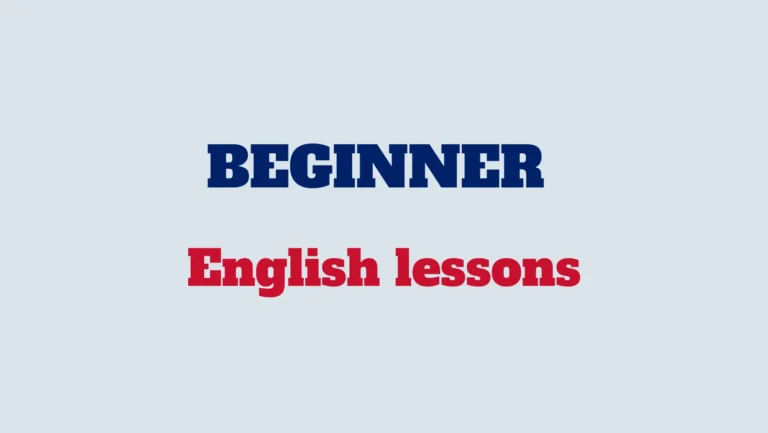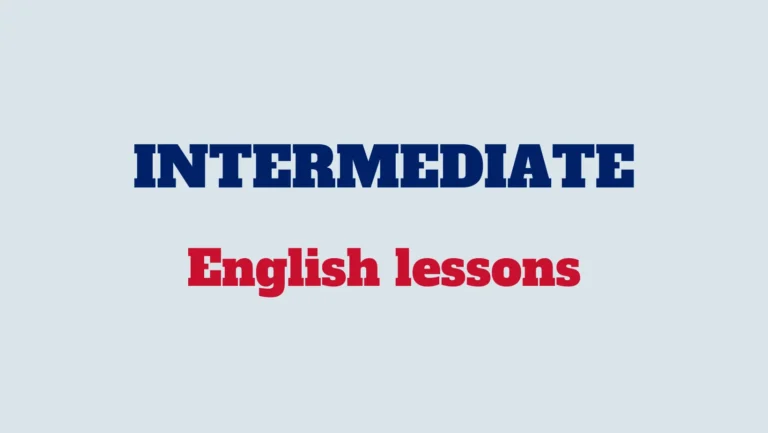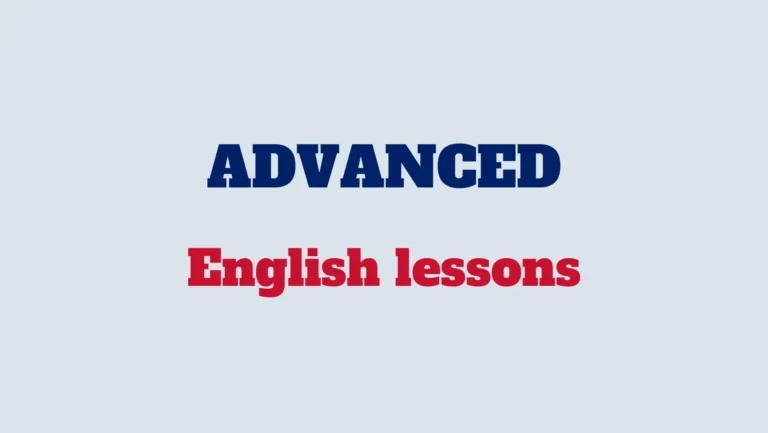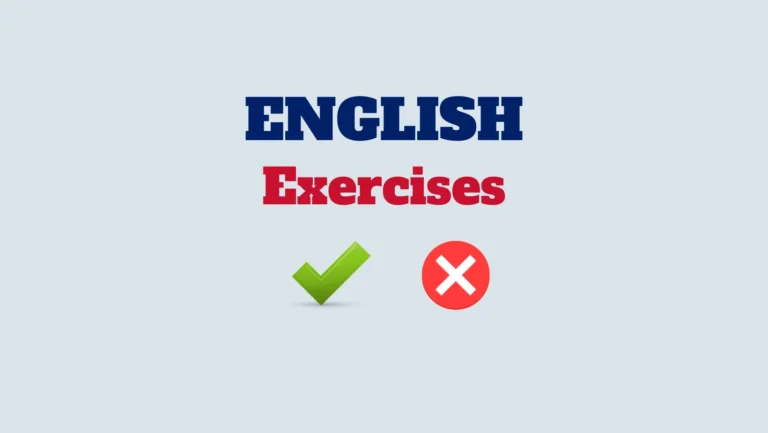“Perspective” and “prospective” are words that are often confused due to their similar sound, but they serve different functions in language. Understanding their distinct meanings can help you use them accurately.
Perspective
Definition:
Perspective refers to a particular point of view or the technique used to represent three-dimensional objects on a two-dimensional surface.
Examples of use:
From the teacher’s perspective, it is another way of learning that can engage students more effectively.
The painting shows a three-dimensional perspective of Toronto, making the cityscape appear realistic and immersive.
When discussing historical events, it’s important to consider multiple perspectives to gain a comprehensive understanding.
Prospective
Definition:
Prospective means likely or expected to happen in the future; it pertains to potential or probable events.
Examples of use:
The prospective buyer went to the website to learn more about the features of the car before making a decision.
The company is holding interviews for prospective candidates to fill the new management position.
We need to assess the prospective risks associated with the new project before moving forward.
“Perspective” relates to viewpoints or visual techniques, while “prospective” refers to potential future events or candidates. Using these terms correctly can improve clarity in both written and spoken communication, ensuring that you convey your intended meaning precisely.



